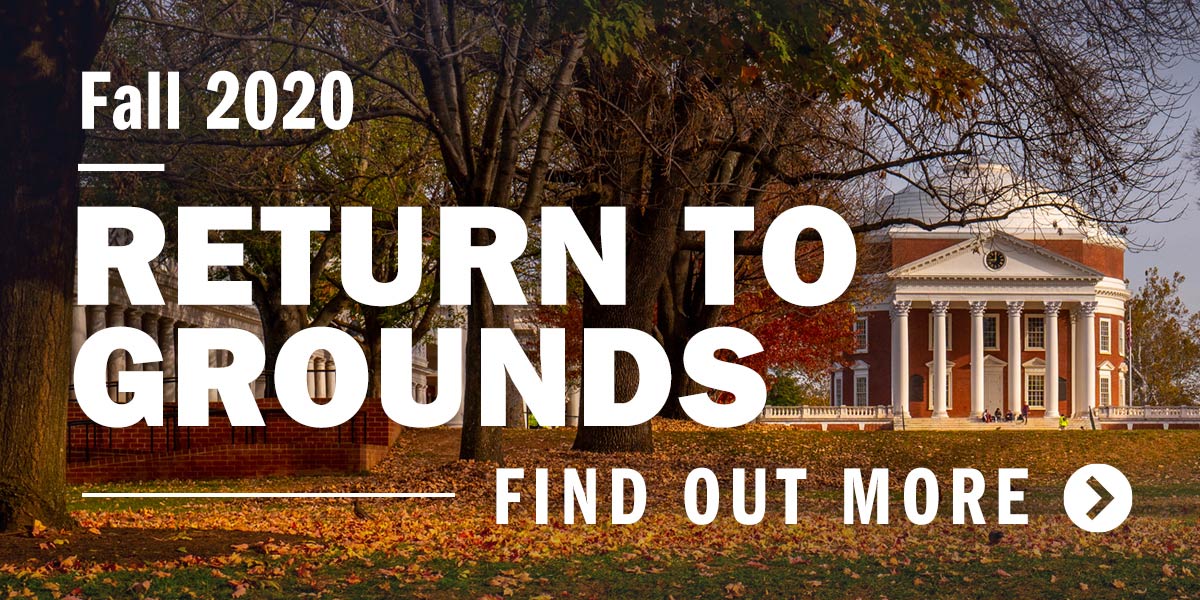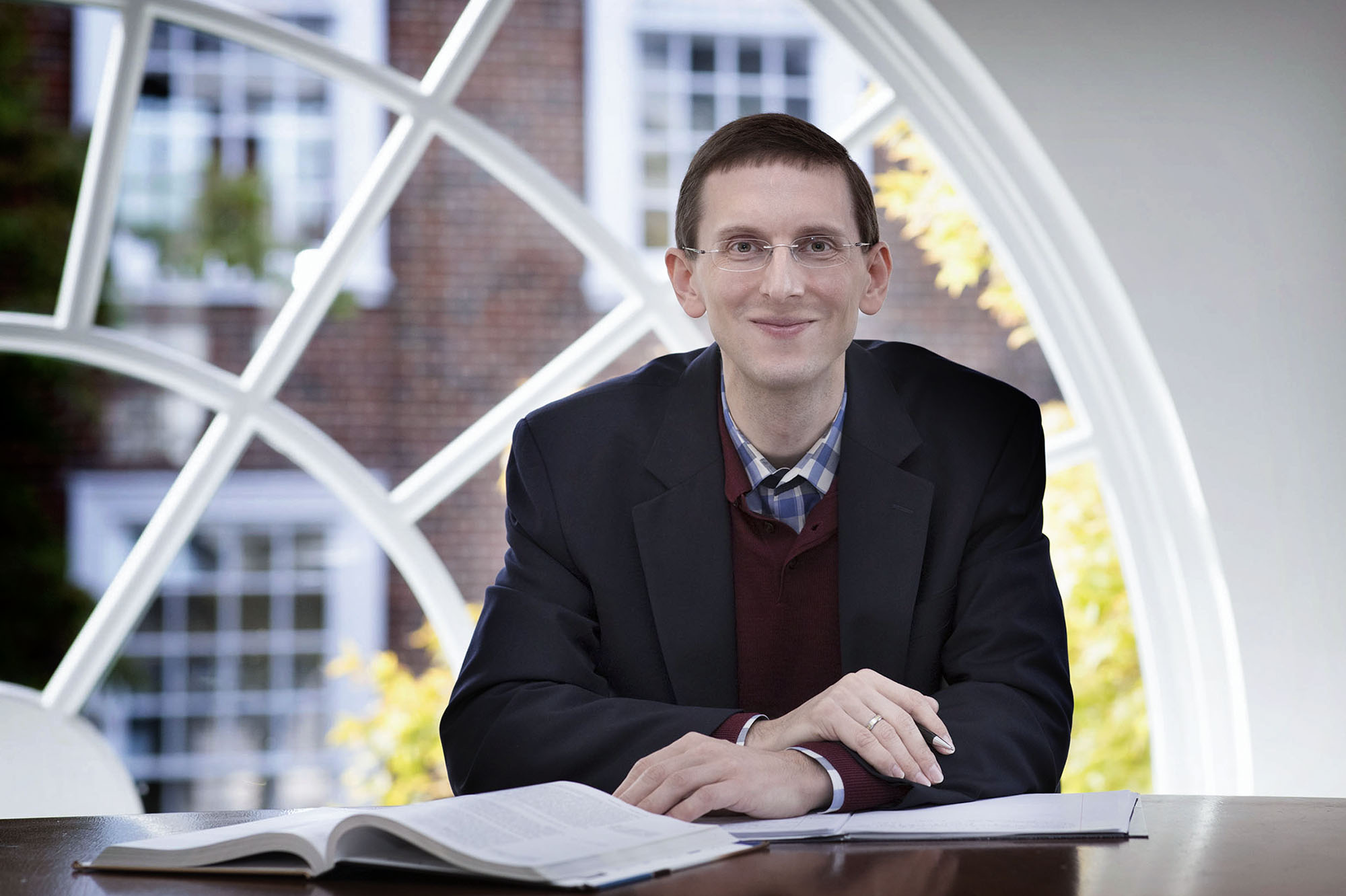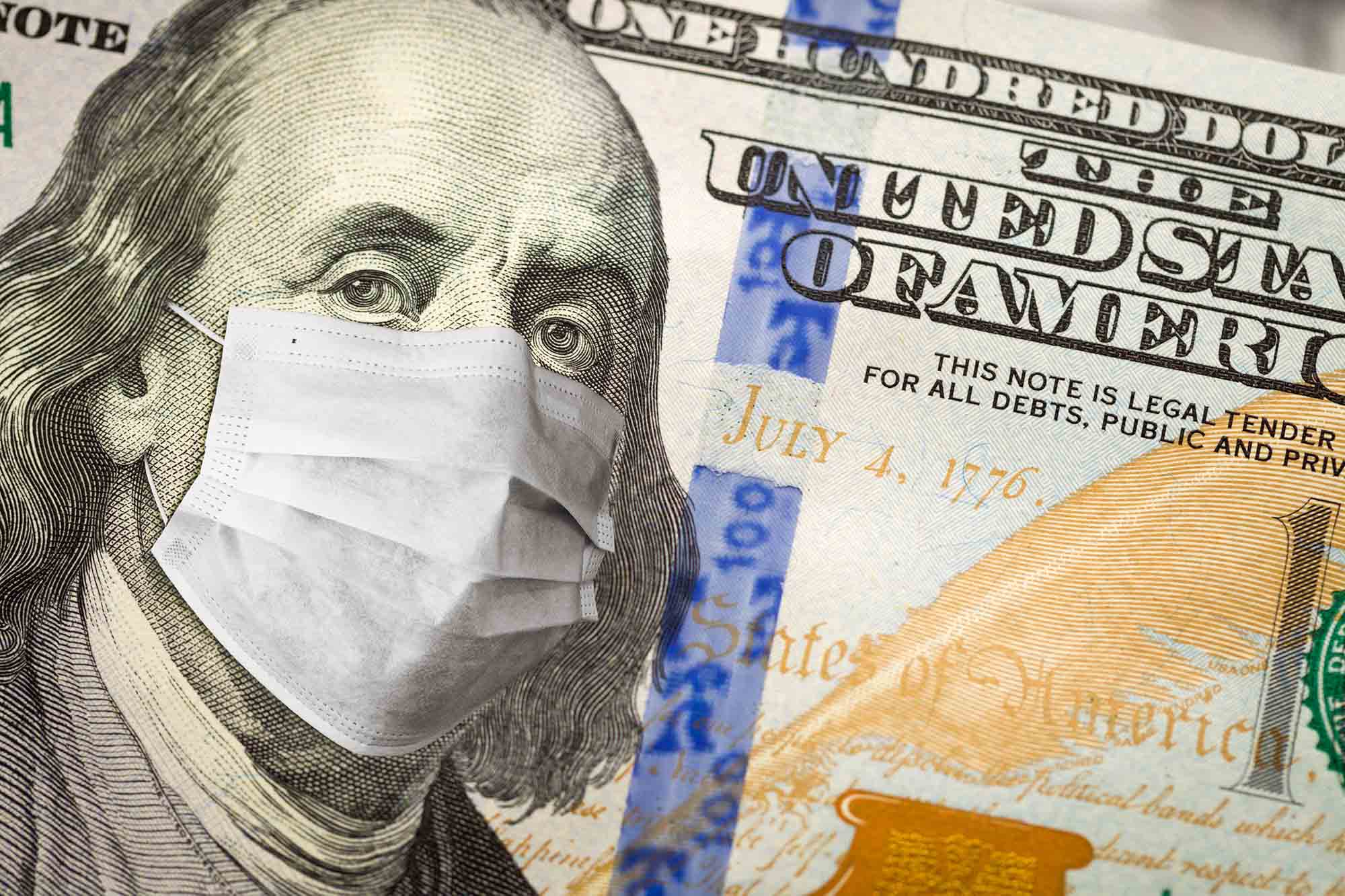Over the past month, as states began to reopen their economies, COVID-19 infection rates began increasing. With 2.4 million cases diagnosed in the United States so far, last week, 32 states reported an increase in new cases of the COVID-19 virus over the previous week. Some states slowed or reversed reopening plans in the face of the increases, with Texas closing bars and scaling restaurants back to 50% capacity.
As states reassess their economic responses to the spread of the virus, economist Anton Korinek, an associate professor with a joint appointment in the University of Virginia’s Department of Economics and the Darden School of Business, has turned his attention to COVID-19 and its impact on the economy.
Korinek and UVA colleague Zachary A. Bethune, an assistant professor of economics, have written a paper, “Covid-19 Infection Externalities: Trading Off Lives vs. Livelihoods,” which has been distributed by both the U.S.-based National Bureau of Economic Research and the London-based Centre for Economic Policy Research and published in Covid Economics.
Korinek’s areas of expertise include macroeconomics, international finance and inequality, with other recent research investigating the implications of automation and artificial intelligence for macroeconomic dynamics and inequality.

In their paper, Korinek and Bethune analyzed the individual and societal costs of dealing with the virus and determined that the societal costs are significantly greater than the individual ones. UVA Today asked Korinek about his findings.
Q. As an economist, what is your reaction to the current response to the virus?
A. What we find, based on our cost-benefit analysis, is that the best public health strategy would be to do whatever we can to contain the virus. The best strategy is what we call a “smart containment strategy” that focuses on testing, tracing and quarantining the infected. This strategy would save the U.S. economy about $10 trillion compared to letting the disease spread uncontrolled. But even if we have difficulty testing and tracing, some social distancing is still desirable.
People sometimes frame the policy response to COVID-19 as a trade-off between lives and livelihoods, and they ask whether it’s worth killing our economy to save people’s lives. But what they forget is that people won’t go back to a normal life and consumer demand won’t really recover if the virus is spreading through our country and killing people. We need to contain the virus to allow for a real economic recovery as opposed to a temporary sugar high.
What I am concerned about is that a number of states are easing lockdowns even though disease rates are still rising and they are pursuing this sugar high, but the strategy will come back to haunt them since infection numbers are going up again.

UVA economist Anton Korinek said the United States needs to contain the coronavirus to allow for a real economic recovery. (Photo by Dan Addison, University Communications)
Q. You determined that the “social cost” of a person becoming infected with COVID-19 is roughly $55,000. How did you arrive at this figure?
A. We used a concept called the “statistical value of life,” which reflects how much people are willing to pay to reduce their risk of death – for example, by buying safety equipment such as airbags, or how much they must be compensated to work in jobs that involve a small risk of death. These numbers are what the U.S. federal government uses in cost-benefit calculations, for example, when it decides on regulations to clean up the air that will save lives.
In the U.S., a common “statistical value of life” is around $10 million. Roughly speaking, if we multiply the risk of death from COVID-19 with the value of a statistical life, then we obtain the “statistical cost of COVID” in terms of mortality risk. Our actual calculations also took into account that people’s risk of death depends on their age, which reduces the number a little.
When we look at what overall cost it imposes on an individual to become infected, we also needed to consider a benefit: once you recover, you no longer need to worry about the disease and you no longer need to distance, which is an economic benefit. Taking into account all these considerations, we found that the statistical cost of becoming infected is worth the equivalent of $18,000 for an individual.
When we talk about the social cost, we also need to take into account that each individual passes on the disease to others, who will in turn infect more people. Based on that, the true social cost of a person becoming infected with COVID-19 is close to $55,000.
Q. What conclusions do you reach from these figures?
A. What the discrepancy between these numbers points out is that it is really crucial that we impose public health measures that make sure we contain the disease. If the cost of an infection for society is three times larger than the cost for the individual, it suggests that decisions on what to do to contain and avoid the disease cannot be left solely in the hands of individual people because they don’t have sufficient incentives to contain it. We really need public health measures.
Q. How have these numbers evolved as the virus has spread?
A. The cost numbers depend quite heavily on how society responds to the virus, and to some extent also on how far the virus has spread. One could say that when the virus was first brought to the U.S., it imposed a social cost of trillions of dollars on us. Now, an additional infection costs more like $55,000. We recently had to revise this number because the virus had spread more widely than we thought a month ago. If we as a society had been able to better contain the virus, the cost would have been lower. If we let it spread, the cost will be higher.
“The fundamental question I am asking myself is whether it is even possible to contain the virus and salvage the economy in the U.S., or whether there is something that prevents us from implementing this strategy here – for example, that people have more individualism than people in other countries where they have successfully contained the virus. ”
- Anton Korinek
Q. According to your analysis, was the economic cost of the lockdowns worth it?
A. If it were true that we were already close to the end of this pandemic, and the population already had close to herd immunity, then I would say it wasn’t worth it. If you add up the number of people who die in car accidents over four years, then you get to 120,000, but we are not banning cars.
But I think that we are nowhere near herd immunity at present. In a bunch of studies, from Los Angeles, from Santa Clara County in Northern California and from New York City, they reported that up to 5% of the population in those areas may already be immune, but you need about 60% of the population immune for the virus to stop spreading, and those studies suggested that we are nowhere near that.
The initial idea of the lockdowns was to buy time to get the testing, tracing and quarantining in place that we need so we can effectively contain the virus. In a number of advanced countries, this has worked relatively well and was absolutely worth it. Here in the U.S., we have ended the lockdowns before the virus was really under control, and now it continues to spread. This has lowered the benefits of the lockdowns and has reduced the value proposition. But overall, in my view, I would still say that having had some lockdowns was worth it.
I should also add that if we as a society impose lockdowns on everybody, we really owe those who suffer the most severe consequences – for example the workers who become unemployed or the small business owners who face financial ruin. We should do our best to compensate them for the economic damage that we as a society have imposed on them and that they are suffering through no fault of their own. These are not handouts, but payments for damages.
Q. As an economist, when and how do you see the economy getting up and running again?
A. A full recovery won’t be possible until we have a vaccine, which will probably take until next year. If we do follow a “smart containment” strategy before then, we could reduce the number of cases so much so that we can go back to a more normal life within a month or two without having to worry about catching a deadly disease at every step. Right now, I am not convinced that we are on the path of “smart containment.” I anticipate that there will be significant outbreaks in different parts of the country in coming months and that economic activity will remain subdued.
One of the problems is that the U.S. is a very integrated economy. If one part experiences a rapid rise in cases, some of them will be exported to other parts of the country, including states that have been successful in containing the virus. This will make it difficult for the country as a whole to go back to normal, even though some states are pursuing very reasonable containment policies.
The fundamental question I am asking myself is whether it is even possible to contain the virus and salvage the economy in the U.S., or whether there is something that prevents us from implementing this strategy here – for example, that people have more individualism than people in other countries where they have successfully contained the virus. Maybe our political system does not allow us to come to a consensus. If we are convinced it is impossible to contain the virus in the U.S., then the strict lockdowns would not have made sense in the first place.
Frankly it is an unknown to me. If we had tried really hard, would we have been able to contain it or not? And at this point it seems increasingly to me that there just isn’t the political will anymore and, even if we wanted to now, we are past that point where we can really contain this virus – it is no longer possible.
Q. As an economist, what long-range changes do you see this introducing into the economy?
A. This is actually a question about which I have been thinking quite a lot recently. I organized a webinar on the topic recently. There are two significant long-run changes that I expect, and of which we are already seeing some signs:
First, companies have responded to the pandemic by automating labor. People are a risk factor right now because they can carry the disease and, in areas where machines can do the same work, this makes machines preferable. To give a tangible example, there are startups that deliver pizza via robots, and they have seen a large rise in their business. So you can say that COVID-19 is really accelerating automation. The pandemic is also accelerating the shift of our economy into the virtual world. For example, all of our classes at UVA have been delivered virtually in recent months.
Second, the move toward a more virtual world accelerates the so-called superstars effect, whereby a small number of individuals serve an ever larger fraction of the population. For example, once classes are virtual, why not have just a few superstar professors teach all college students in the country? This is bound to lead to greater inequality between the superstars and regular people.
Q. What have you learned about yourself in researching this?
A. One thing that I have learned is that it was easier than I thought to start doing research on a new topic, in my case it’s epidemiological models. I wanted to better understand what’s going on in the world around me, and so I started reading up on epidemiological models and then working on my own models, with my coauthor Zachary Bethune, that combine epidemiology and economics.
The other thing that I hope I have learned was some humility; the pandemic has questioned so many of the things that I took for granted, and I realized how little we actually really know about the world.
Everything has changed so much. If you had told me four months ago that we would be having this Zoom call, that I would go to a supermarket today wearing a face mask and that my children have not left the house, or at least the neighborhood, for a long time, I wouldn’t have ever believed you. I have taken our way of life for granted. And I just could never have imagined our life would have changed so much in such a short period of time. I could have never imagined what a huge economic cost a health crisis could have imposed on this country, could never had imagined an unemployment rate of 15% as of today, I could never have imagined so many things – that was all beyond my imagination four months ago.
Media Contact
Article Information
June 29, 2020
/content/economist-societal-costs-covid-19-outweigh-individual-costs

